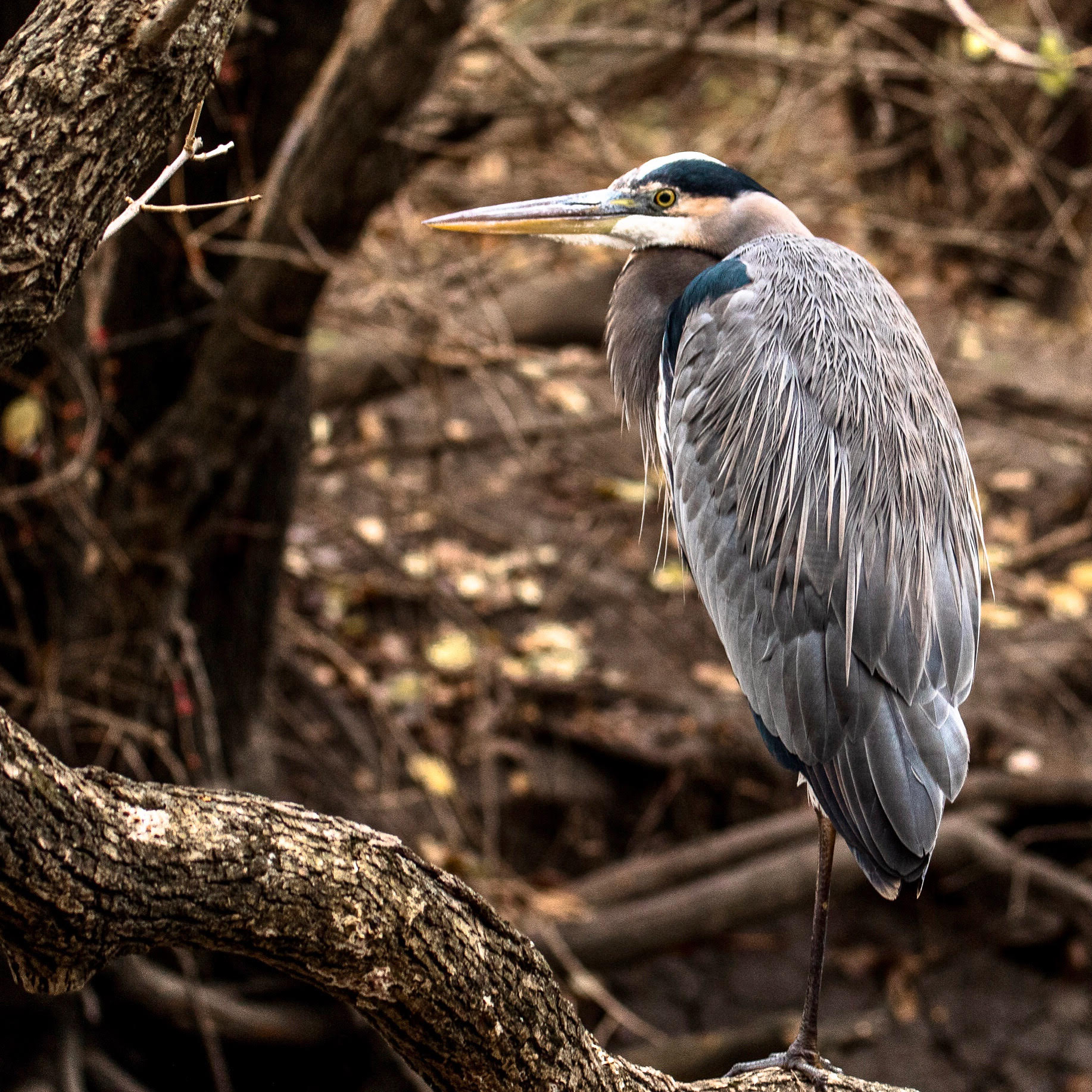Displaying items by tag: great blue heron
(Part 2) Flight to safety: Life finds a way like a great blue heron
 A great blue heron is seen above a nest in the Tennessee River Valley. Herons moved northward to the valley from tiny remaining Florida rookeries after the birds were annihilated in the early 20th century for hat decorations. Betty Thompson
A great blue heron is seen above a nest in the Tennessee River Valley. Herons moved northward to the valley from tiny remaining Florida rookeries after the birds were annihilated in the early 20th century for hat decorations. Betty Thompson
After their kind almost vanished, great blue herons took a minute to take to the Tennessee Valley. Now they are here in a big way.
“Life breaks free, it expands to new territories, and crashes through barriers painfully, maybe even dangerously, but, uh, well, there it is,” said Jeff Goldblum’s Malcolm in ‘Jurassic Park.’ “Life finds a way.”
In the early 20th century, after it became illegal to hunt for feathers, as referenced in this previous Hellbender Press story, herons began to recover.
But it took a while. The curious thing with great blue herons, which perhaps attests to the tenacity of nature itself, is that for years they really had little presence in the Tennessee Valley, even after the principal dams and reservoirs were completed. There were plenty of shallow waters for fish eaters.
(Part 1) Flight to safety: Herons barely survived a bloody fashion trend
 Great blue herons and other heron species were reduced to a handful of rookeries after numbers plummeted because of high demand for their plumage. Courtesy Betty Thompson
Great blue herons and other heron species were reduced to a handful of rookeries after numbers plummeted because of high demand for their plumage. Courtesy Betty Thompson
Herons were almost a victim of their own beauty
plume. noun. a long, soft feather, or arrangement of feathers used by a bird for display
During our Gilded Age of opulence and corruption, members of polite society wore alligator shoes, top hats made from beaver pelts, ivory buttons, whalebone corsets and dead foxes draped around their shoulders. After all, status had its price and the surrounding wild lands were bountiful.
In the late 1800s and early 1900s, most fashion-conscious women would not be seen in public without a hat adorned with feathers. In 1915, at the height of this fashion craze, an ounce of plumes sold for $32, the same going rate as an ounce of gold. The most highly coveted feathers were “aigrettes,” which are the long, silky white nuptial plumes of egrets and great blue herons. Plume hunters could make a sizable sum of money for a day’s work with a gun.